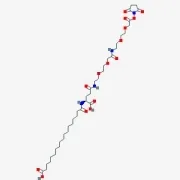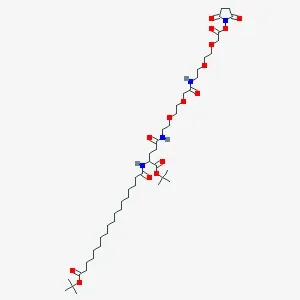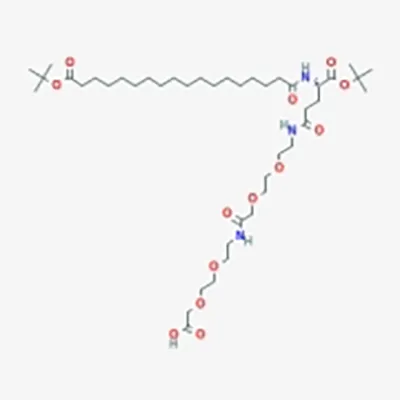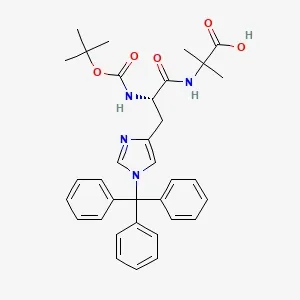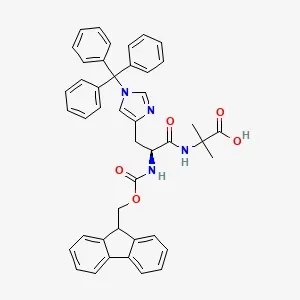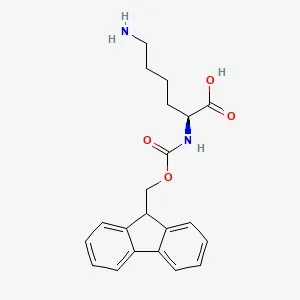
Amino Acids & Derivatives for Peptide Synthesis
Fmoc-Lys-OH
Fmoc-Lys-OH (CAS No. 105047-45-8, C₂₁H₂₄N₂O₄) is a solid white compound widely used in peptide synthesis as a protected form of L-lysine. Its Fmoc group enables temporary protection of the α-amino function, making it compatible with standard solid-phase strategies. This derivative offers clean deprotection and excellent performance in sequences where side chain integrity is essential. It is commonly used in the production of GLP-1 analogs such as Semaglutide and Tirzepatide. Fmoc-Lys-OH is supplied in 25 kg fibre drums and should be stored at 2–8 °C, protected from light and under an inert atmosphere to maintain stability.
- CAS No.: 105047-45-8
- Molecular Formula: C₂₁H₂₄N₂O₄
- Purity: 99% min

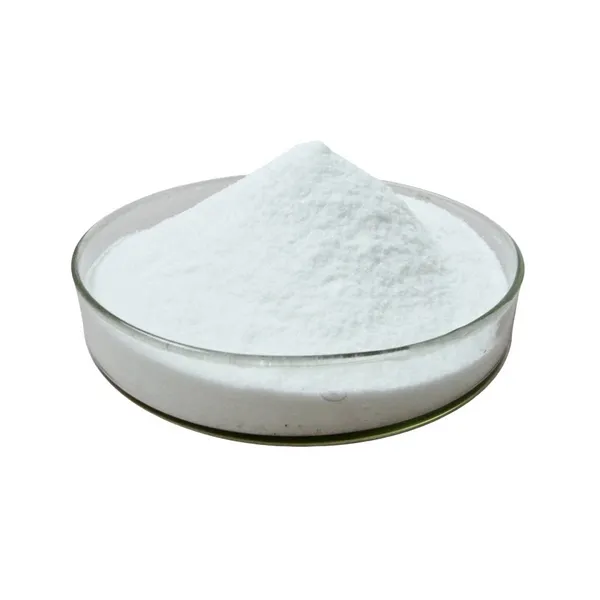
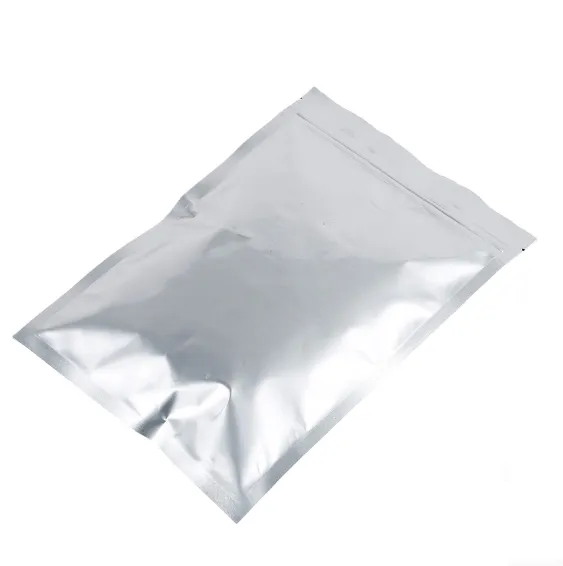

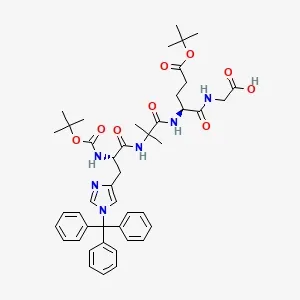
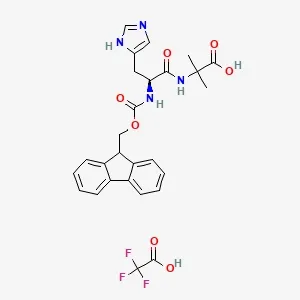
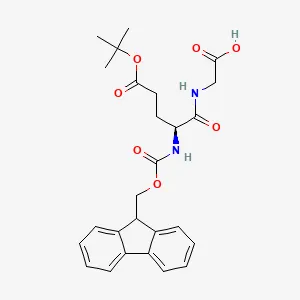
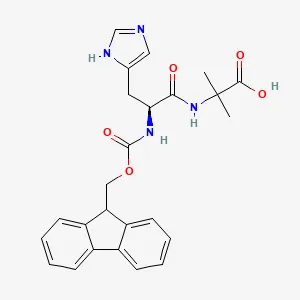
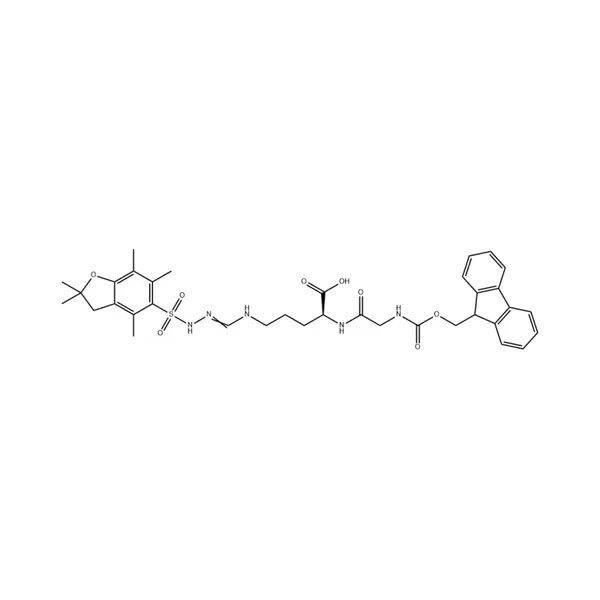
![Fmoc-L-Lys[Oct-(otBu)-γ-Glu-(otBu)-AEEA-AEEA]-OH](products/2-2-1-fmoc-l-lys-oct-otbu_01.webp)
